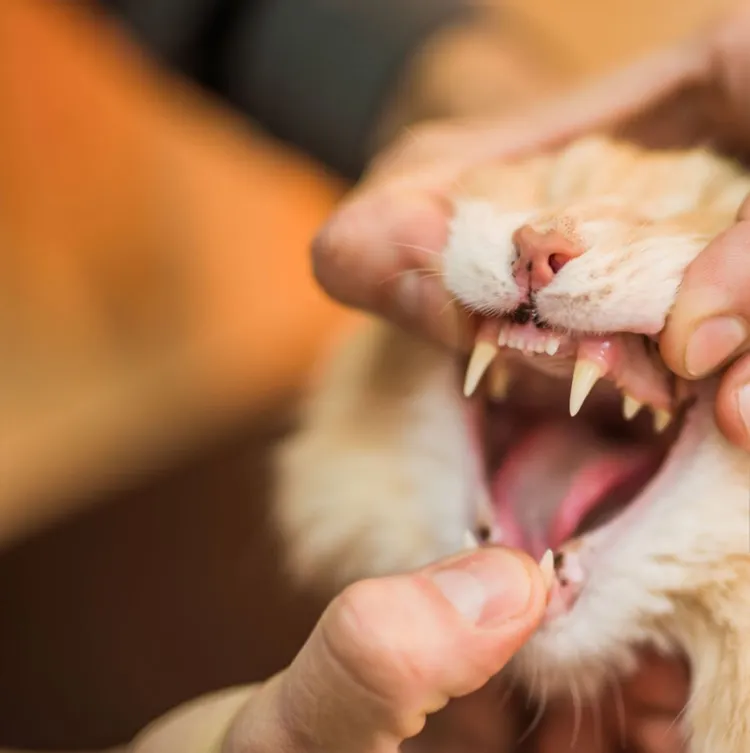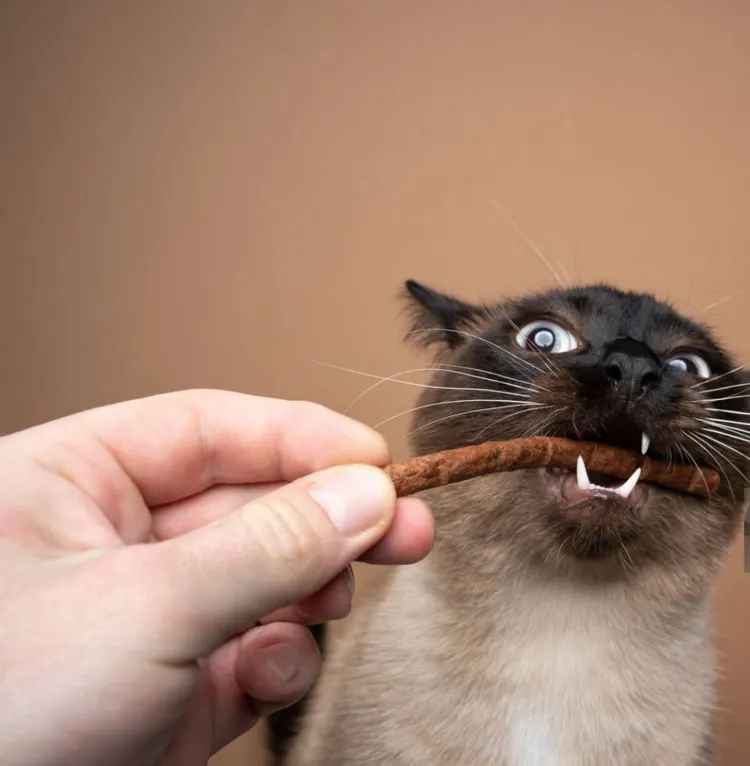Just like us, cats have their own unique set of dental structures that require care and attention. As a veterinarian, one of the most common topics I discuss with cat owners is the importance of understanding their cat’s dental health. The cat dental chart serves as a key resource for understanding your cat’s teeth—how they develop, what problems to look out for, and how to ensure lifelong oral health. Let’s explore the anatomy of your cat’s mouth, the stages of tooth development, and eco-friendly ways to care for your cat’s dental health.
The Basics of a Cat’s Dental Anatomy
A typical adult cat has 30 teeth, which serve different purposes depending on their shape and location within the mouth. Here’s a breakdown of what you’ll find on a cat dental chart:
- Incisors: Located at the front, cats have six incisors on the top and six on the bottom. These small, sharp teeth help them grasp and tear food, as well as perform grooming activities like pulling out fur tangles.
- Canines: Cats have four large canines, two on the top and two on the bottom. These “fangs” are perfect for gripping and puncturing prey or, more realistically, giving their toys (and occasionally your hands!) a good bite.
- Premolars: These are the flat teeth behind the canines that help break down food. Cats have ten premolars in total.
- Molars: Located at the back of the mouth, cats have four molars—two on top and two on the bottom—which are used for grinding food.
By knowing this basic dental structure, you can better understand your cat’s oral health and recognize issues that might arise.
Kitten vs. Adult Cat Dental Development
Cats, like humans, go through a teething process. Kittens are born without teeth, but by the time they’re about three to four weeks old, their 26 deciduous (baby) teeth start coming in. These teeth are temporary and will eventually be replaced by permanent teeth, usually around five to six months of age.
Teething in kittens can sometimes cause discomfort, leading to drooling, chewing on objects, or irritability. If your kitten seems particularly uncomfortable, consult with your vet to make sure everything is progressing smoothly.
Once the adult teeth are fully developed, you’ll need to pay extra attention to their health to avoid common dental issues like tartar, plaque buildup, and gum disease.

Common Dental Issues in Cats
By referring to the cat dental chart, you can monitor your cat’s teeth for signs of dental problems. Here are some common dental issues you might encounter:
1. Gingivitis
This is an early stage of periodontal disease, where the gums become red and inflamed. It can cause discomfort and eventually lead to more severe dental issues if not treated.
2. Periodontal Disease
Left untreated, gingivitis can advance to periodontal disease, which affects the tissues and bones supporting the teeth. Over time, this can cause teeth to loosen and even fall out.
3. Tooth Resorption
This painful condition affects many cats, particularly older ones. Tooth resorption occurs when the tooth structure begins to break down, often leading to tooth loss. A full examination by a vet is necessary for diagnosis and treatment.
4. Tartar and Plaque Build-Up
Plaque forms when bacteria mix with food particles and saliva, hardening into tartar if not cleaned. This can lead to bad breath, gum irritation, and tooth decay.
Being proactive about dental care can prevent these issues from worsening.
Eco-Friendly Tips for Cat Dental Care
As more people look for sustainable ways to care for their pets, eco-friendly dental care is becoming increasingly popular. Here are some eco-conscious ways to help keep your cat’s teeth clean while minimizing your environmental footprint.

1. Natural Toothpaste and Brushes
Brushing your cat’s teeth is the most effective way to prevent dental problems, but did you know you can opt for eco-friendly alternatives? Bamboo toothbrushes and natural cat toothpastes free from harsh chemicals offer a sustainable option. These products are biodegradable and often come in plastic-free packaging.
2. Water Additives
For cat owners who can’t regularly brush their cat’s teeth, natural water additives are a great alternative. These products work to freshen breath and prevent plaque buildup by simply adding a small amount to your cat’s water bowl. Look for additives that use all-natural ingredients and come in recyclable containers.
3. Sustainable Chew Toys
Toys that promote healthy chewing can help reduce plaque and keep your cat’s teeth strong. Opt for chew toys made from organic cotton or hemp. These materials are biodegradable and much kinder to the planet than synthetic alternatives.
4. Raw Diet and Dental Health
While the debate about raw diets for cats continues, some advocates suggest that feeding cats raw meaty bones (under veterinary guidance) can help clean their teeth naturally, as chewing on the bones helps remove plaque. If you’re considering this option, choose bones from ethically sourced, free-range animals to ensure both safety and sustainability.
5. Eco-Friendly Dental Treats
Not all dental treats are created equal. Many conventional dental treats come in plastic packaging and may contain artificial ingredients. Look for organic, eco-friendly dental chews made from sustainable ingredients, and opt for brands that use recyclable or compostable packaging.
How to Spot Dental Problems Early
Checking your cat’s mouth regularly can help you catch dental issues before they become serious. Use the cat dental chart as a reference during these checkups. Here are some signs to look for:
- Bad breath: While some smell is normal, a strong or foul odor could indicate dental disease.
- Red or swollen gums: This can be a sign of gingivitis or infection.
- Drooling or difficulty eating: If your cat seems to be in discomfort while eating, there could be an issue with their teeth.
- Brown or yellow tartar buildup: Visible tartar on your cat’s teeth means it’s time for a professional cleaning.
The Importance of Regular Vet Checkups
Even with the best at-home care, regular vet checkups are essential. Your vet can conduct a thorough oral exam, often using a dental chart to assess any changes or potential problems. In some cases, your vet may recommend a professional cleaning under anesthesia, which allows them to clean below the gumline and address any hidden issues.
Conclusion: Prioritizing Your Cat’s Dental Health
Understanding your cat’s dental anatomy through the cat dental chart is a great starting point for ensuring their long-term oral health. By using sustainable, eco-friendly dental care methods and staying vigilant about potential problems, you can help your cat maintain a healthy mouth and a happy life. As a veterinarian, I can’t stress enough the importance of proactive dental care—it’s much easier to prevent issues than to treat them later!



